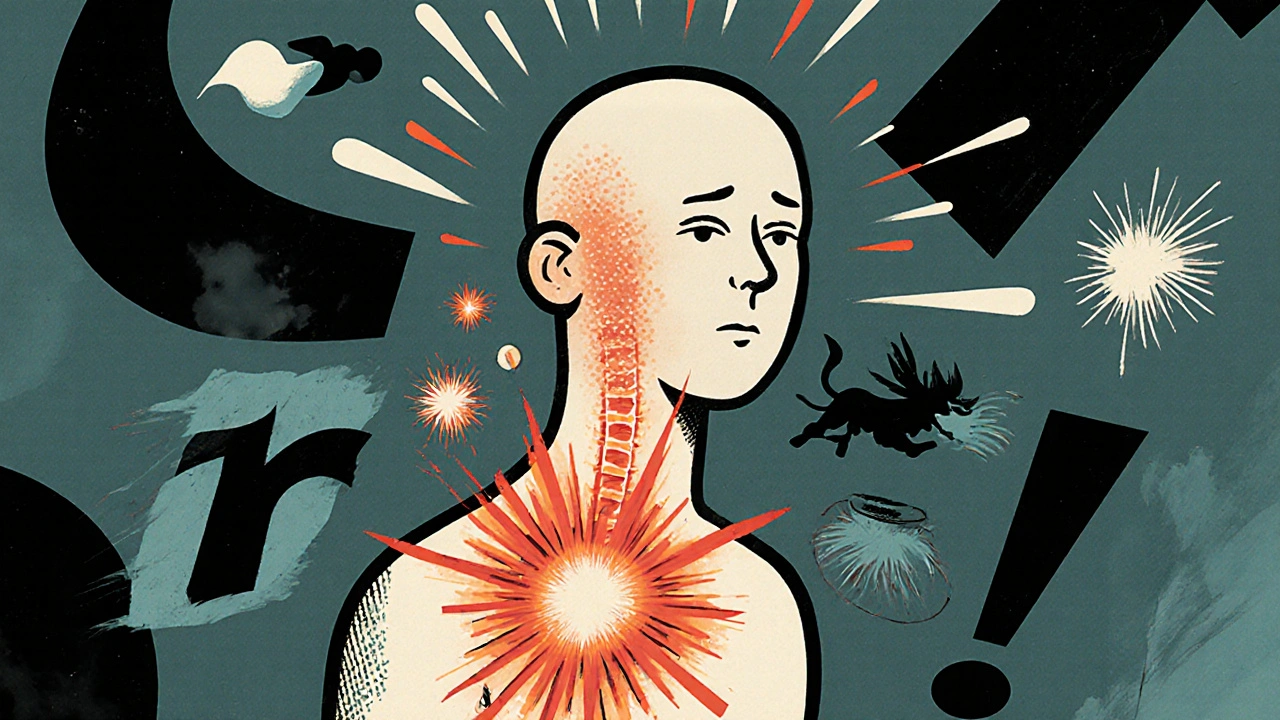Allodynia: Understanding Pain from Light Touch and What Helps
When a light touch hurts—like your shirt rubbing against your skin or a breeze brushing your arm—it’s not just being sensitive. It’s allodynia, a type of neuropathic pain where non-painful stimuli trigger real pain signals. Also known as touch-induced pain, it’s a sign your nervous system has become overactive, turning harmless sensations into distress. This isn’t in your head. It’s a measurable change in how nerves and the brain process signals, often linked to conditions like fibromyalgia, a chronic disorder causing widespread pain and tenderness or diabetic neuropathy, nerve damage from high blood sugar that alters pain perception.
Allodynia doesn’t happen alone. It’s part of a bigger pattern called central sensitization, a state where the spinal cord and brain amplify pain signals, making them stronger and longer-lasting. Think of it like a stereo turned up too loud—your nervous system starts hearing whispers as shouts. That’s why people with migraines, post-shingles pain, or even some types of back pain report this symptom. It’s not about the touch being harsh. It’s about your body’s alarm system being stuck in overdrive. And while opioids don’t help much here, treatments that calm the nervous system—like certain antidepressants, antiseizure drugs, or physical therapy—can make a real difference.
You’ll find posts here that dig into how medications like gabapentin or amitriptyline help reset those overactive nerves, why some people with chronic pain develop allodynia while others don’t, and how lifestyle changes—like gentle movement, stress reduction, or avoiding triggers—can reduce flare-ups. You’ll also see how this symptom connects to broader issues like medication safety, drug interactions, and managing long-term conditions without relying on strong painkillers. Whether you’re living with this pain or helping someone who is, the information here is practical, grounded in real studies, and focused on what actually improves daily life.
Central Sensitization: Understanding Amplified Pain Signals
Central sensitization is a real neurological condition where the nervous system amplifies pain signals, causing widespread, disproportionate pain. Learn how it works, how it’s diagnosed, and what treatments actually help.
